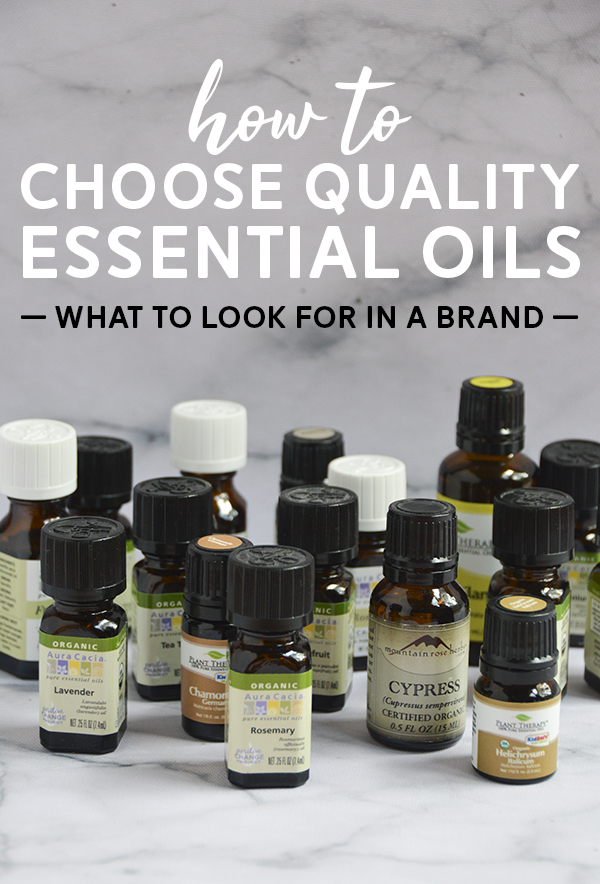
In Part 2 of our aromatherapy intro series, we’re talking about all the things you should know when choosing an essential oil brand (or brands). If you missed last week, we talked about the basics of what essential oils are, what they do and how.
Later on in the post, I’ll list the specific brands I use, and I just want you to be clear that I’m not sponsored by any of these companies. I do, however, wish I was (yo I got bills to pay! lol). A couple of the brands have Amazon stores, one is available via Thrive Market, and one has a separate affiliate program. So I will be using a couple affiliate links, but there are no motives for sharing these brands other than they are truly the three I like and use the most.
What to Look for When Choosing an Essential Oil Brand
Before simply listing off brands I’d recommend, I want to go over what you should look for in making your own purchasing decisions. There are *tons* of essential oil brands, many of which I haven’t tried. A lot of companies are actually buying the oils from the same suppliers and just putting their individual branding and packaging on them. So there could be a small local brand in your city that sells essential oils of the same quality or even better as the big name brands.
The Label Should Include:
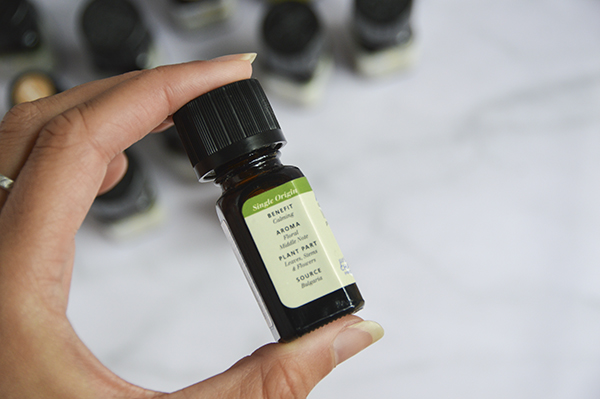
- Common plant name and its Latin botanical name | This will ensure you’re buying the right essential oil. For example, Eucalyptus citriodora, Eucalyptus globulus and Eucalyptus smithii are all commonly named Eucalyptus. However, as the Latin botanical name shows, these are three different species of Eucalyptus and therefore they’ll have different chemical makeups.
- Country of origin | There are natural variations in the chemical composition of essential oils that will occur depending on where the plant was harvested, at what altitude, in what soil and at what time of year. So if a brand is boasting that it harvests all its plants for essential oils right at home in the good ol’ USA, well, that may not actually be a good thing. The ideal environment for some plants to grow is not in the US (for others it’s perfectly fine!).
- Part of the plant used | Leaves? Stems? Peel? Flowers? Quality and chemistry can differ between parts of the same plant.
- Method of extraction | The only true essential oils are those obtained from distillation and expression. Other methods produce aromatic products which contain the essential oil and the solvent. Expression will be used with citrus oils being extracted from a fruit peel. Steam distillation is going to be the most commonly used method for most other essential oils.
Sometimes for the sake of space, all this info won’t be on the bottle’s small label, but if you go to the website, the individual product page should have it all listed.
There Should Be Price Differences between Oils
When choosing an essential oil brand, look for one with varied costs. If you find a whole range of essential oils all the same price, that probably means they have been adulterated with cheaper synthetic scents, vegetable oils or a similar essential oil that’s cheaper. Now to be clear, it’s not a bad thing to buy an essential oil and vegetable oil blend or a multi-essential oil blend. But they’re just that: blends. You’ll notice more expensive essential oils like Rose otto often come in jojoba oil to bring the price down. That’s fine! You just wouldn’t use it the same as if it were 100% pure essential oil, and the brand should be marketing it accordingly.
The reason some essential oils are more expensive than others has to do with the yield of essential oil from the plant. The more oil glands present in the plant, the higher the yield of essential oil and the less expensive the cost to extract it. So it’s not that more expensive essential oils are necessarily more useful or of higher quality than less expensive ones. They’re just harder to extract in large quantities (Rose otto is the prime example).
Avoid Words Like “Perfume” & “Fragrance” or Additional Ingredients
If a bottle is labeled “perfume essential oil,” “fragrance essential oil” or “potpourri essential oil,” it doesn’t matter that the words “essential oil” are in there—the substance is of synthetic composition. And it goes without saying that if there’s something listed on the bottle other than the essential oil, it’s not a 100% therapeutic-grade essential oil.
Organic Is Best
When possible, look for certified organic essential oils. I mentioned earlier how the quality of the plant’s growing conditions (soil, environment, etc.) affects not just the quality of the oil but the actual chemical makeup of it. There is also the issue of allergies and sensitization. Sometimes if a person has an allergic reaction to an essential oil, it’s actually in reaction to a pesticide or herbicide residue used on the plant, and not the essential oil.
Essential Oil Brands I Use
Plant Therapy
Lots of my essential oils are from Plant Therapy because they have a wide (and growing) array of certified organic essential oils. They have an Amazon store which makes things super convenient. And for anyone who uses Ebates to get money back when shopping online (I use the toolbar plugin), you get cash back at Plant Therapy’s website. Plant Therapy works with analytical laboratories and the Michael Jordan of essential oil safety, Robert Tisserand, to ensure purity and quality of its oils. I also LOVE how informative Plant Therapy’s website is—you can learn so much about each essential oil before buying them!
Aura Cacia
Right up there with Plant Therapy is Aura Cacia because they offer certified organic oils and are conveniently available in Whole Foods, on Amazon, and select oils are on Thrive Market (aka savings if you’re a Thrive member!). I also love that right on the bottles it says the essential oil has been tested for purity via gas chromatography and mass spectrometry (two ways to determine if an essential oil has been adulterated).
Mountain Rose Herbs
Mountain Rose Herbs offers all the essential oils, carrier oils and herbs you could need, with most of them being certified organic. Like Plant Therapy, their website is super educational and you can read a ton about each essential oil. I love this company and the quality of all their products is high, but they’re just a little behind when it comes to the convenience factor. Granted Amazon Prime has ruined us all so in some ways it’s an unfair comparison, but the shipping costs with MRH are high and the speed is slow. You’re getting a great product so it’s worth it, but still hard to justify when Plant Therapy and Aura Cacia have such convenient options.
If you’ve found other essential oil brands that you love and trust, share your suggestions in the comments!
Aromatherapy Certification Update: My final exam has been mailed in (woop woop!). Now I’m just waiting to see if I passed. Until I have that final approval, I’m going to post these generalized, introductory posts about essential oils. Once I’m legit, we’re gonna get to the fun stuff (i.e. blending recipes!).
xo Nicole
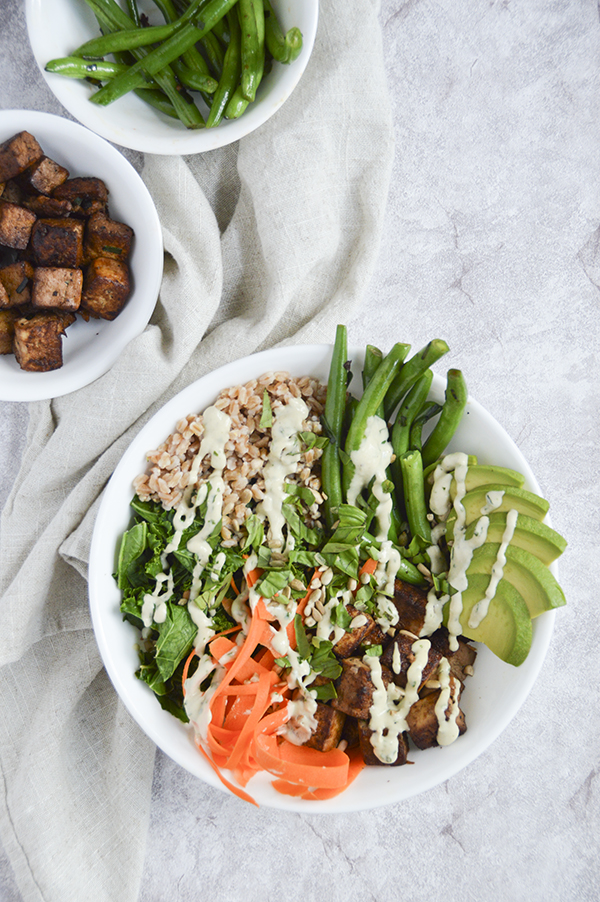
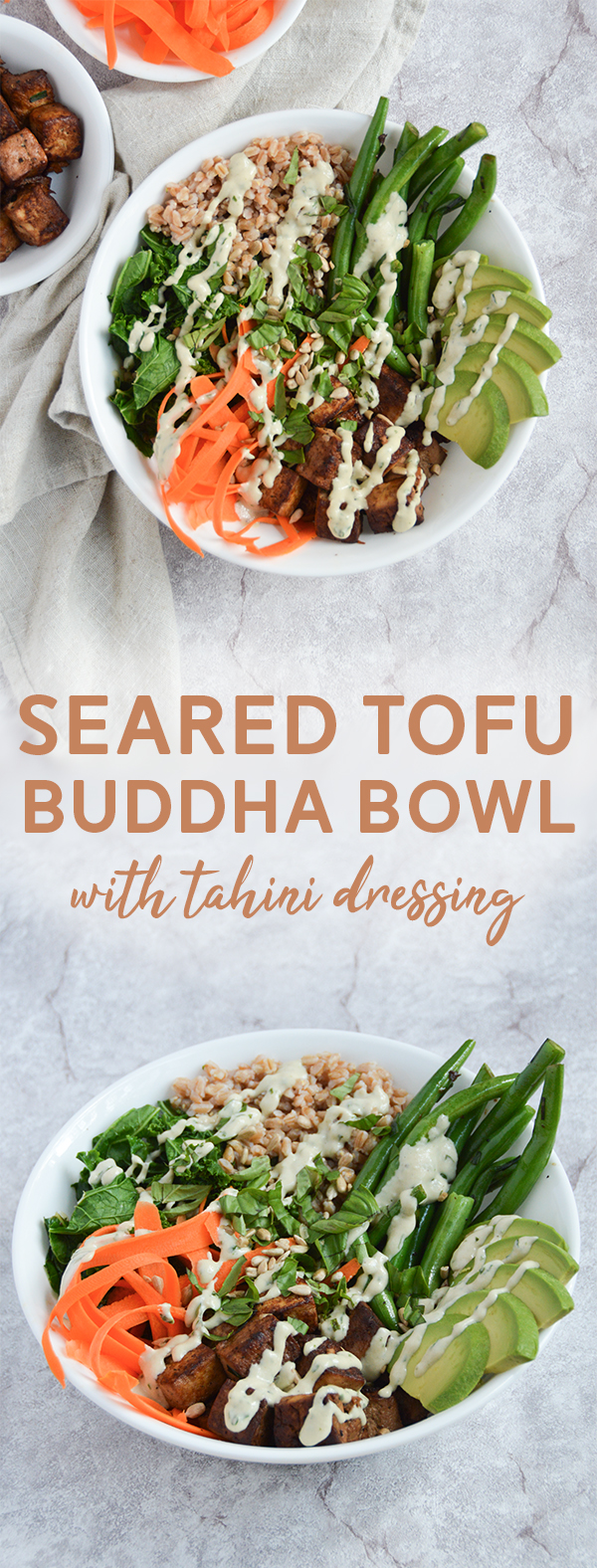

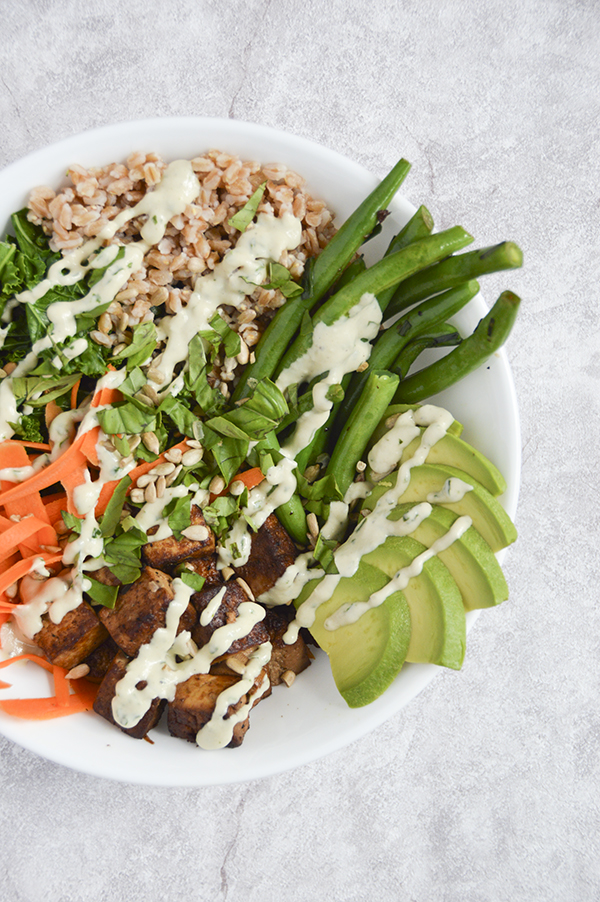
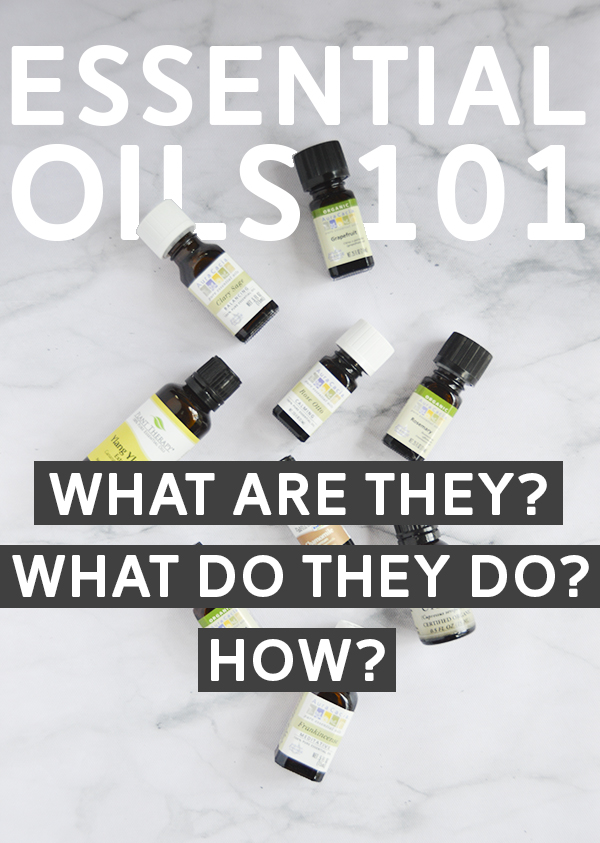 Quick Aromatherapy certification update: All my coursework has been approved (!!) and I just received the final exam in the mail. The finish line is in sight! But until I’m officially a Certified Aromatherapist, I want to hold off on sharing any blends or doling out specific advice on the blog. So in the meantime, I thought it’d be helpful to do a mini Essential Oils 101 series to lay the foundation for anyone new to them. Today I want to start by answering the basic questions: What are essential oils? What do essential oils do? How? Next week I’ll talk more about what to look for in an essential oil brand, which ones I recommend, and what to know about storage and starting a collection of your own at home.
Quick Aromatherapy certification update: All my coursework has been approved (!!) and I just received the final exam in the mail. The finish line is in sight! But until I’m officially a Certified Aromatherapist, I want to hold off on sharing any blends or doling out specific advice on the blog. So in the meantime, I thought it’d be helpful to do a mini Essential Oils 101 series to lay the foundation for anyone new to them. Today I want to start by answering the basic questions: What are essential oils? What do essential oils do? How? Next week I’ll talk more about what to look for in an essential oil brand, which ones I recommend, and what to know about storage and starting a collection of your own at home.






